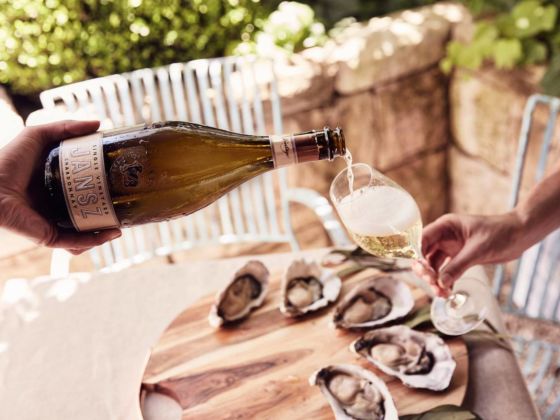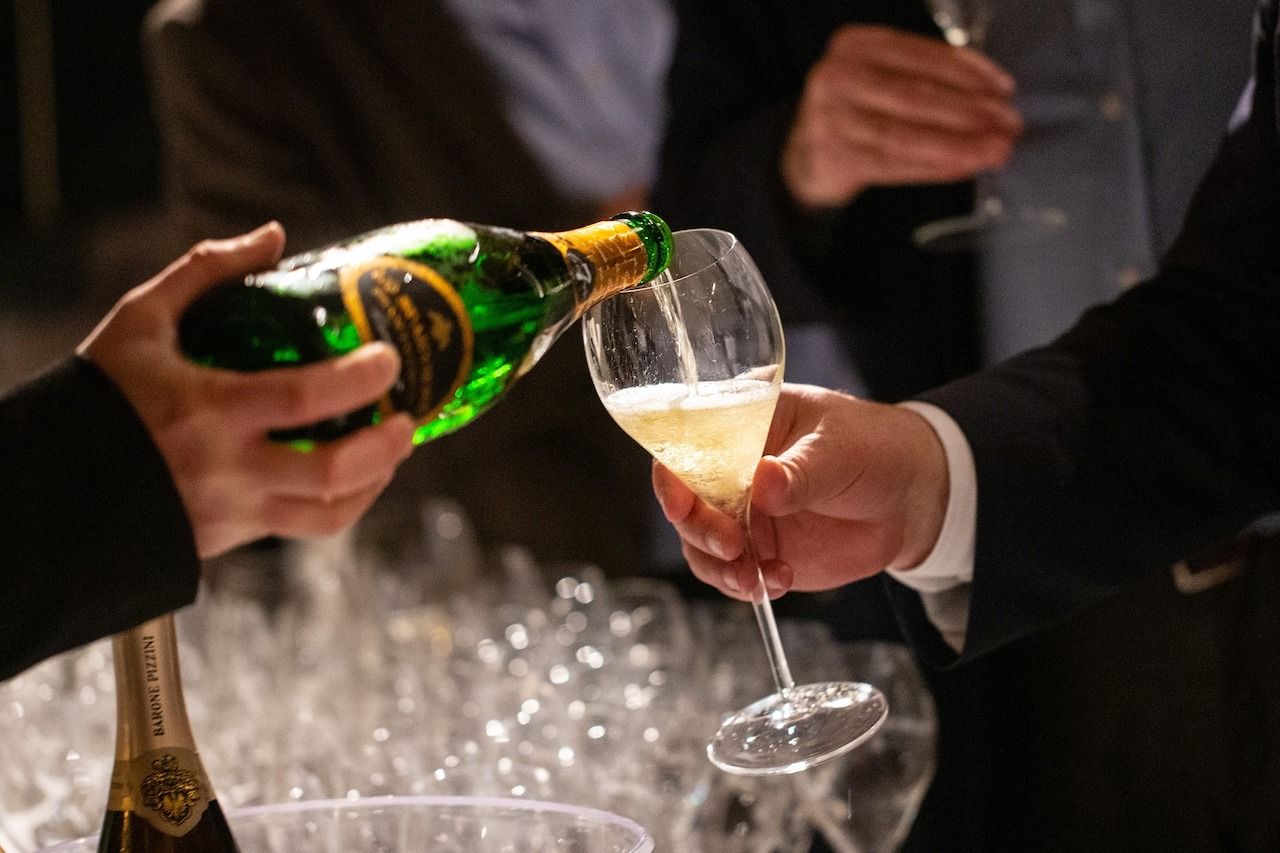If there’s only one rule you follow when picking out which wine to drink, it’s this one: When in doubt, reach for the bubbly. Synonymous with celebrations, seasonal parties, and weekend brunches everywhere, a bottle of sparkling guarantees a good time. And the world of sparkling doesn’t stop at Champagne. Sparkling wines are produced all over the world using an array of grape varieties, production styles, and aging techniques. You’re missing out on some of the most exciting wines out there if you only stick to the bubbles you know best.
To experience the sparkling wine spectrum for yourself, taste your way through different regions and styles. Host a sparkling wine party with equally eager bubbly fanatics and make each person responsible for a single style from around the world. Then get to popping and drink your way through the world’s best bubbles.
Consider this your guide to the types of sparkling wine out there that you need to know, because there’s always a reason to crack open a bottle of bubbly.



